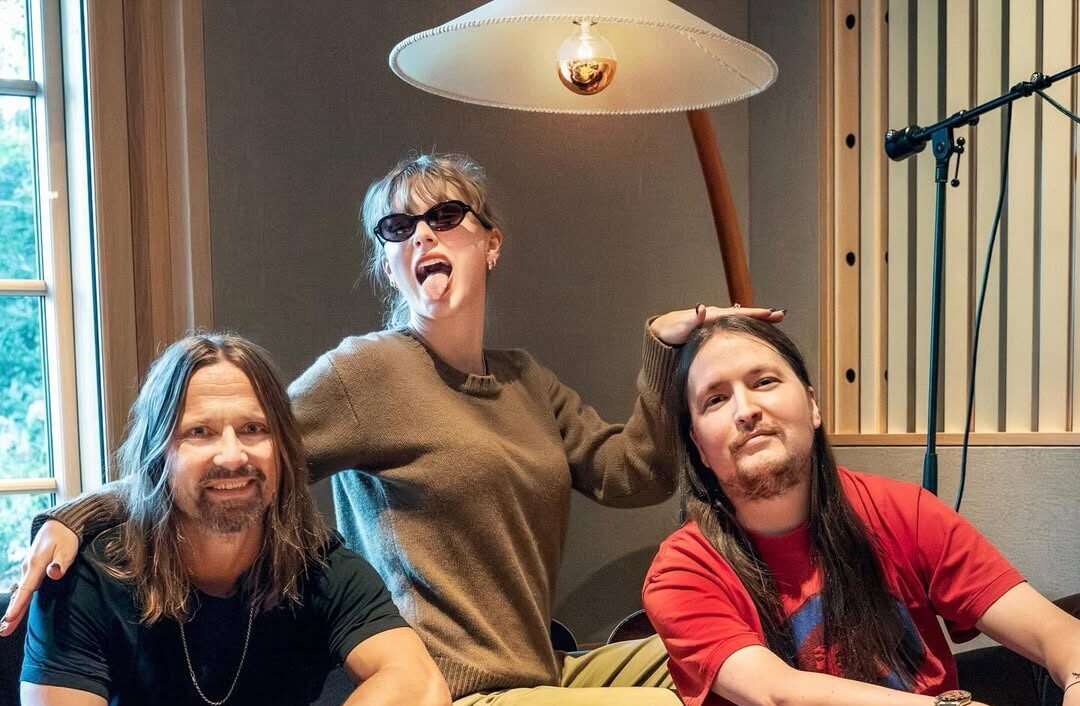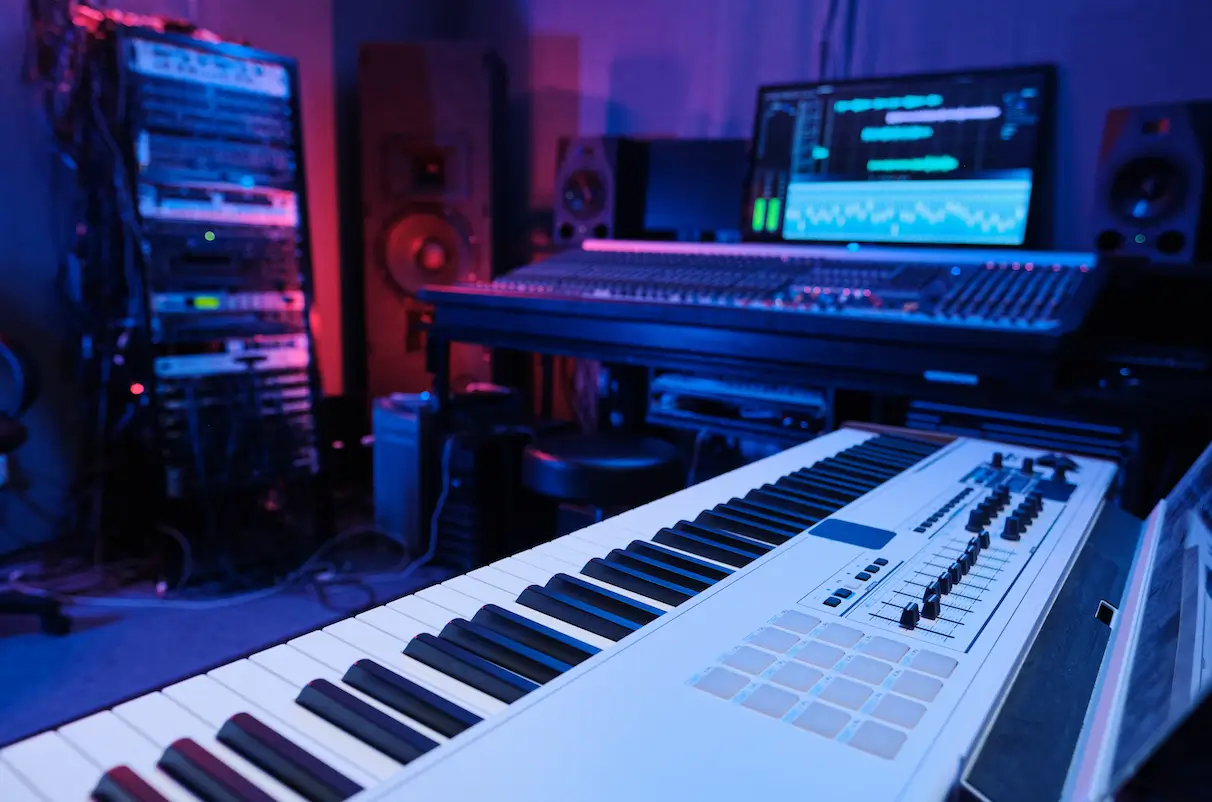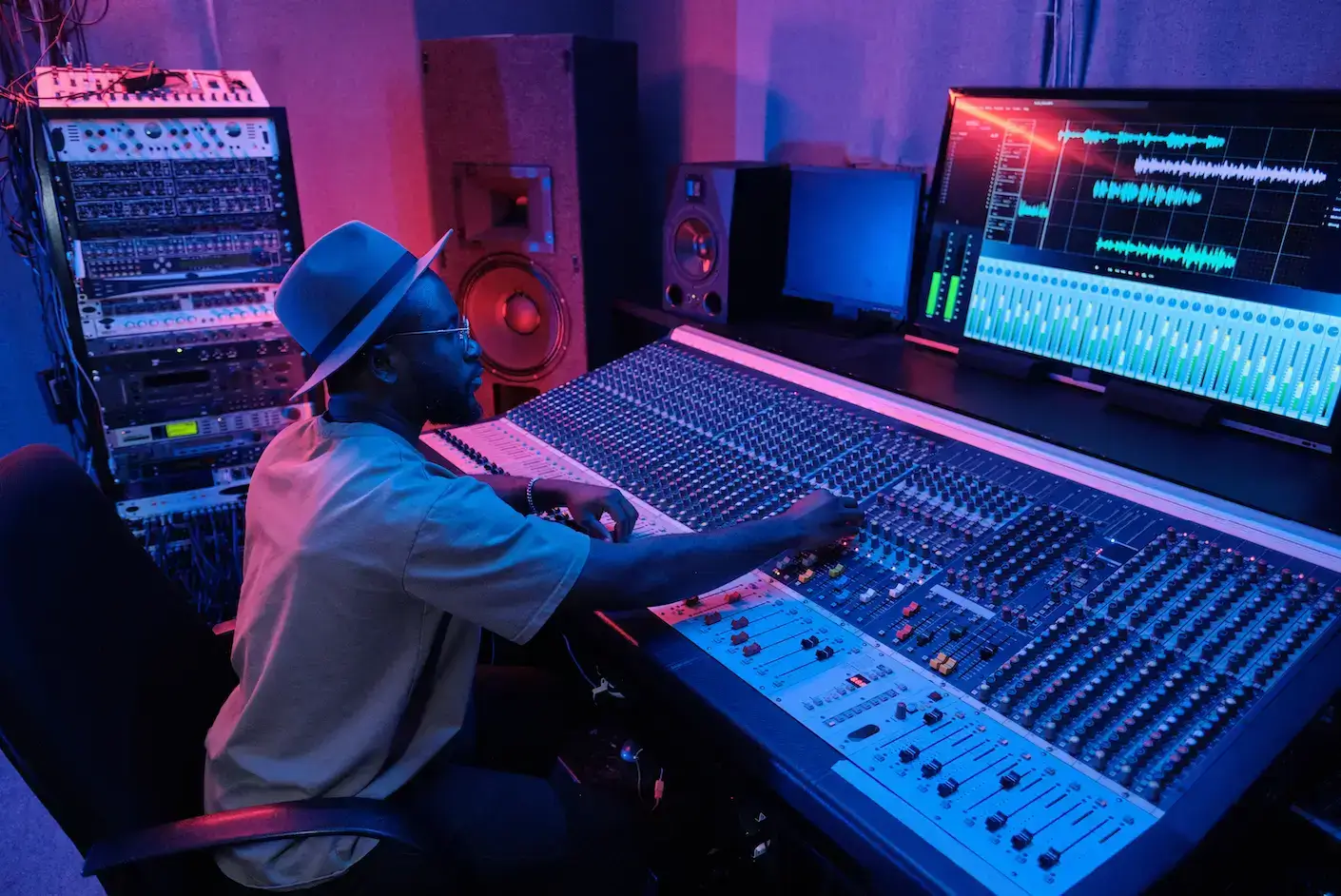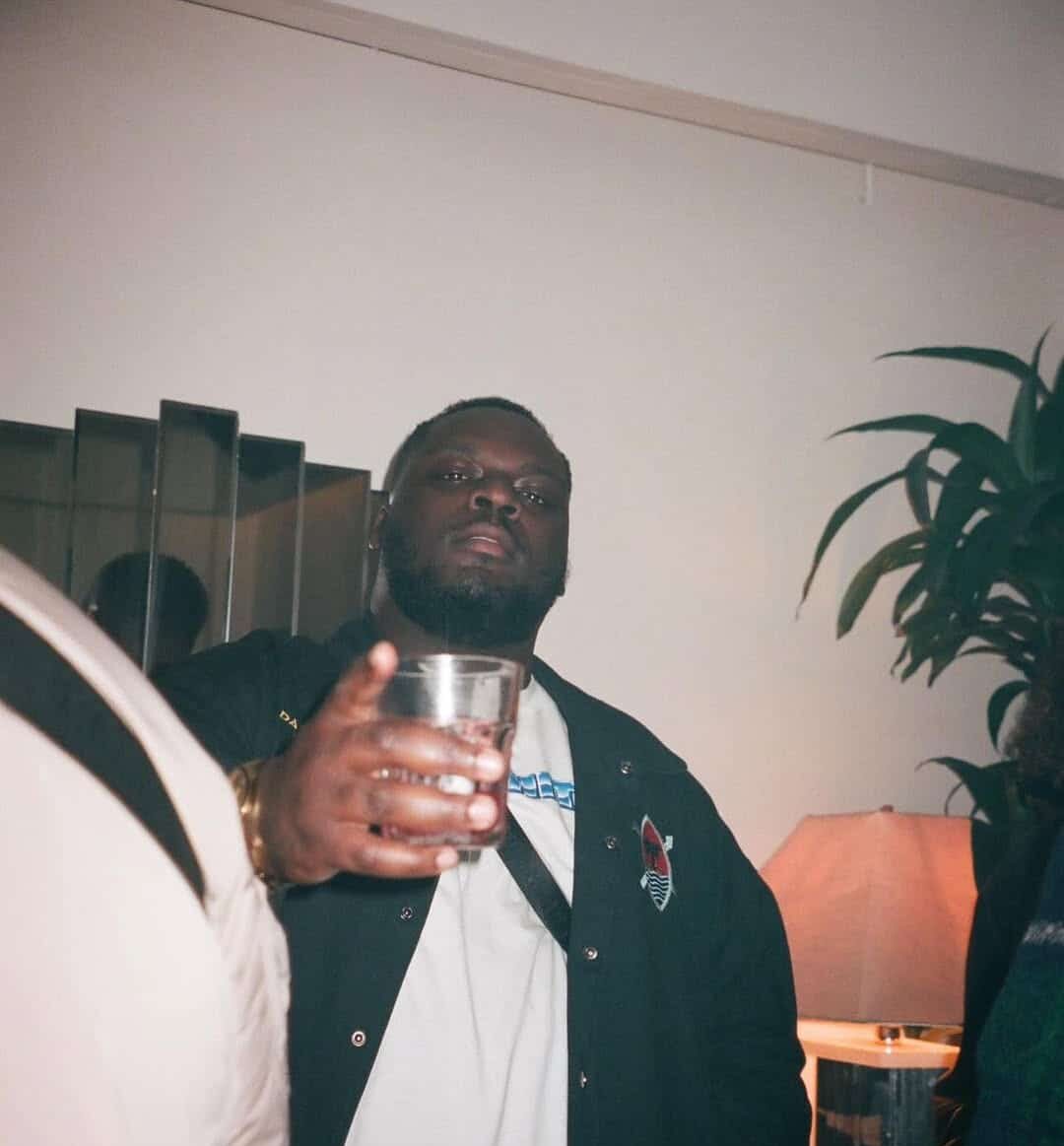In 2023, I launched an online mixing and mastering service aimed at giving indie musicians access to the same high-quality treatment we offer at my studio, Bay Eight in Miami—but for a fraction of the price. It didn’t work. In this article, I’ll tell you exactly why my mixing and mastering business failed. But first, let’s rewind:
The idea came from a noticeable shift: in 2023, we started getting a surge of calls from indie artists asking us to mix or master their songs. This wasn’t always the case. We came from the SoundCloud era—a time when bedroom musicians thrived. Back then, mixing and mastering weren’t even a priority. In fact; distorted, lo-fi sounds helped launch artists like Lil Pump and XXXTentacion. That gritty sound was part of the brand.
So as a studio owner, I adapted. We’d cram recording, mixing, and mastering into a single session—sometimes in just a few hours. Not ideal, but it worked for the time. But then, times changed.
By 2023, artists wanted to book full-on mixing sessions. The problem? Many couldn’t afford our in-studio rates. That’s when I had the “genius” idea to offer remote mixing and mastering online—thinking I could still work with these artists without compromising my time or theirs. Here’s what I learned when my mixing and mastering business failed…
1. Remote communication is hard.
We tried everything—Google Forms, pre-mix phone calls, tutorials, video consultations, reference tracks… you name it. Still, most artists struggled to explain what they wanted, and honestly, why wouldn’t they?
Terms like reverb, delay, “wet,” and “warm” are part of the engineer’s vocabulary—not the artist’s. And that led to frustration on both sides. Even with references and onboarding calls, one thing became clear: mixing is an evolving process. Every adjustment shifts the balance of a song. Between calls, emails, and texts, the communication was exhausting. Creatives change their minds. That’s not such a big deal in person… but it’s a nightmare remotely. When I ran the numbers, I realized we were losing money. The time we spent managing clients was eating up the fees we charged.
Mixup Audio, Sessionwire, Zoom…most artists didn’t want—or didn’t know how to use the latest software and tools. We had to revert back to old-school phone calls and emails. For a 24/7 studio like ours, that created serious communication gaps. It felt like playing a game of telephone—by the time the message reached the engineer, it had completely changed.
Mixing is a living, breathing process that requires collaboration. When an artist isn’t in the room, things can get lost in translation. What I hear and feel isn’t always what they intend. That gap is nearly impossible to close without face-to-face collaboration.
@jaycoset Full video on my yt channel (jaycoset) link in bio 🤣
2. Artists want “microwave” mixes.
Mixing is a process. You mix, you listen, you adjust. You repeat. But most artists wanted same-day results. Hence—what I call microwave mixes. The irony is that the communication lag involved in remote mixing made the process take more time, not less.
We even tried creating a class to get artists and engineers on the same page. Didn’t matter. No one wants to wait. The pressure led to compromised quality. I didn’t want to ruin our reputation by rushing.
3. Artists suffer from demo-itis. Bad.
For the unfamiliar: demo-itis is when artists fall in love with the demo version of a track—flaws and all. Imagine you spend 10 hours perfecting a mix only to find out the client wants it to sound more like the demo.
Even when we told clients, bluntly, “your demo is at 30%, and we can get it to 100%,” they’d agree… until demo-itis kicked in and we reverted back.
4. They kept coming back… and that was the problem.
On the surface, return clients should be a win. But after everything we’d been through—the time, stress, back-and-forth—we knew the cycle was about to repeat. My team started to get burned out, and that’s a big part of why my mixing and mastering business failed.
5. Most artists just can’t afford it.
We tried to meet artists where they were at. Our prices were so ridiculously low some engineers didn’t want to take the jobs—they didn’t feel it was worth their time.
Even still, the most talented, humble, and respectful artists—the ones I really wanted to work with—were often the ones who couldn’t afford more than one or two mixes. That was heartbreaking.
6. Technology doesn’t always make things easier.
I’ve been engineering for over 20 years. Years ago, I swore off remote mixing because I hated the back-and-forth. I used to tell clients: if you’re not in the room, I’m not mixing your song.
When I launched Bay Eight, I kept that same philosophy. But the industry changed and we had to adapt. I gave remote mixing another shot. It was kind of like getting back with an ex – I quickly remembered why we broke up. There’s nothing like being in the same room when you’re creating something.












